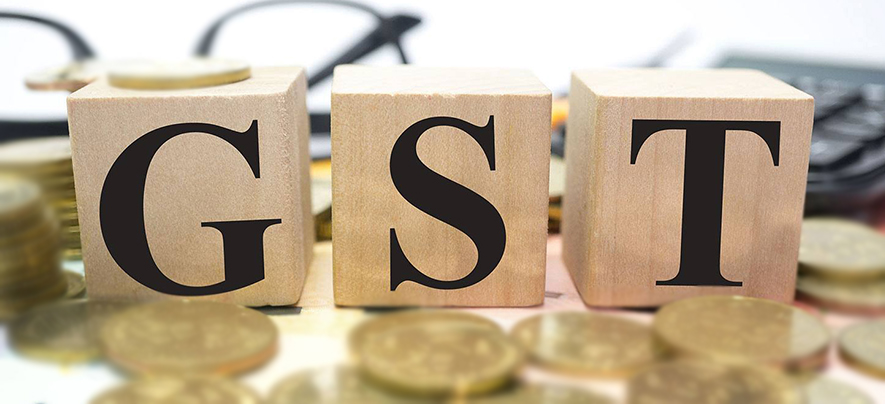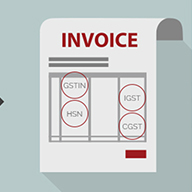GST’s impact on online sellers on e-commerce platforms

GST
415 week ago — 7 min read
GST is all set to unfurl in India, tentatively by July 2017. The path to establish the GST, or the Goods and Service Tax has been long and winding. A few years in the making, this revolutionary tax system will change the face of how taxation works for goods being transported across the country. As it is proposed, it is a system of indirect taxation that will merge most of the existing taxes into a single, consolidated tax. Online portals will see specific GST laws instituted for them.
With the government initiating India to migrate online; from buying and selling to paying and registering, it is particularly important to understand how e-commerce and online sellers will be impacted. The recent news of the government transferring all procurements to an online portal, has boosted online marketplaces, thus making it a major channel of trade and forming specific GST laws for them.
Even though the bill is work in progress, it is important to scout the various aspects of GST influencing sellers on e-commerce platforms. Read below to understand what GST means for your business, if you are selling online.
Please note: If you are an online seller, the points below should ensure your online platform is working towards becoming GST compliant and/or has experts on-board to help you with the migration, if and when the law is passed.
Tax-Credit
Currently service tax paid on commission by an online seller to a marketplace becomes their cost since they are registered as traders and cannot claim credit of service tax. Once GST is implemented, service tax amount can be utilised as an input credit which in turn increases their profit margin. This will also attract more people to start selling online.
Transparency
With GST in place, it will be easier to weed out fake, low-quality and non-compliant sellers, giving way to honest, tax-compliant sellers. Reduction in competition will be an added advantage. This will ensure transparency across various different revenue models of online marketplaces. Transparency plays a big role in establishing trust in a system which is still new and helps in bringing about change faster.
Level playing field for all sellers across states
Under the current tax laws, Karnataka has a 5% tax rate on mobile phones, while Maharashtra has a 13.5%. With GST in place, this arbitrary pricing structure will be replaced with a more uniform and robust arrangement. It will also help in accelerating local retail to join online platforms to witness increase in sales.
Eliminating tax cascading
With a single uniform tax in effect, it will end the dispute between goods and services classification. It will open provision for withdrawing or converting exemptions into refunds. But the major value will be added when the seamless tax-credits throughout the value chain would ensure minimal cascading of taxes.
Uncomplicated business processes
Currently, there are a lot of complexities while drawing up documents which are as simple as invoices. On implementation of GST, these processes will be reduced to just a few steps. For example, the invoices currently need a description of goods at every point of transaction. Under GST, the invoices will include only an HSN (Harmonised System Nomenclature) to easily distinguish sale of different goods across platforms. The hassle of providing description of every product will be terminated. This is will be especially beneficial for online merchants as generating invoices is a huge part of their business.
Curbing resale of products (specially B2B)
Online marketplaces heavily invest in acquiring new buyers to generate profitable business for sellers on their platform. Online wholesale gets deeply affected with customers buying goods on discount and reselling them offline. To curb this malpractice, Input Tax Credit for GST will be a highly effective method. For claiming Input Tax Credit on any goods or services, the supplier in the transaction has to file returns on a monthly basis with the GSTIN (GST Identification Number) of the purchaser.
Only after the GSTIN has been disclosed will the Input Tax Credit be allowed on that transaction. Tracking of mismatches will become extremely simple. Even for customers looking to use it for personal use, there will be provision for online sellers for successful monthly filings by taking customer GSTIN in the process.
Place of supply
The simple reason for selling online is to reach a wide user base, anywhere in the country or world, from just your place. Currently for a business based out of Bangalore, to sell eco-friendly products to buyers in Punjab, Manipur and Rajasthan, they have to file separate paperwork for each state.
With the onset of GST, the e-commerce tax imposed by states should ideally fade away. Reason being, GST is a destination based tax. This implies that states receiving the shipments would benefit from the transaction and in return, encourage the online buying practice.
With trade incentives for states, it will only propel the state governments to replace tiresome logistics procedures with simpler and uniform paperwork across borders. It will also push for governments to encourage buying and cross border collaborations by uniting buyers and sellers from across states. This is particularly important for online merchants looking for exponential growth in businesses using the power of internet.
Merchants selling online would find more comfort, familiarity, uniformity and simplicity in the system, once GST has been introduced. Furthermore, it would be interesting to see businesses coming online and thriving, considering India is the hot new market, even for international players.
You absolutely need to be ready for GST when it hits the markets. What kind of changes will your account books undergo? Will your profit margins increase or decrease? Will the selling price of your products help you break even?
What are your thoughts on GST? Will it have positive or negative effects? Share your opinion in the comments below.
Article source: http://blog.bizongo.in/2017/03/11/how-will-gst-affect-online-sellers-ecommerce-platform/
Disclaimer: The views and opinions expressed in this article are those of the author and do not necessarily reflect the views, official policy or position of GlobalLinker.
View Shalmali 's profile
Other articles written by Shalmali Patkar
13 unusual materials used in eco-friendly packaging
381 week ago
GST Fundamental: Maintaining accurate records
391 week ago
Most read this week













Comments
Share this content
Please login or Register to join the discussion